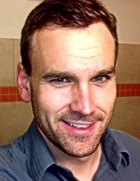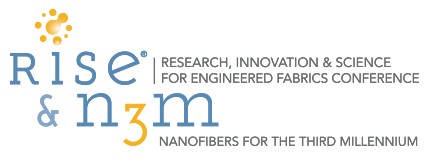
 Timothy Robson
Timothy Robson
Business Development Manager, Hills Inc.
BS in Aeronautical and Mechanical engineering from Rensselaer Polytechnic Institute (RPI). MBA in Strategic Management and International Business from University of British Columbia (UBC). Ten years of experience at Hills, Inc. working in both Engineering and Sales with particular expertise in meltspinning multicomponent filament and spunbond equipment. Tim's responsibilities include Hills' capital machinery sales, Customer Service and Hills' representative office in Guangzhou, China.
Wednesday 2:00pm - 4:30pm
Spunmelt Advancements Session
Retrofitting: Breathing New Life into Old Machines
Abstract: Upgrading existing spinning assets provides an opportunity for introducing modern capabilities, flexibility, and improved throughputs. With new equipment prices continuing to rise, the case for upgrading existing assets becomes strong. In the case of spunbond and meltblown equipment, much of the cost of a production line is downstream of the spinneret or die tip. With changes to the extrusion level, entirely new business opportunities become possible.
With such upgrades there requires an engineering-oriented approach analyzing original machine specifications, strengths and limitations. After seeing through this process, often just minor investments in equipment are required to realize new potential. Increased production may be possible by combining new polymers along with increased hole densities, polymer metering and/or spinning speeds. Converting a machine from homocomponent to bicomponent spinning opens up options for entering new markets by differentiating equipment that was formerly producing a commodity product. Finally, changing filament properties and fabric widths to produce new products likewise open the potential customer base.

